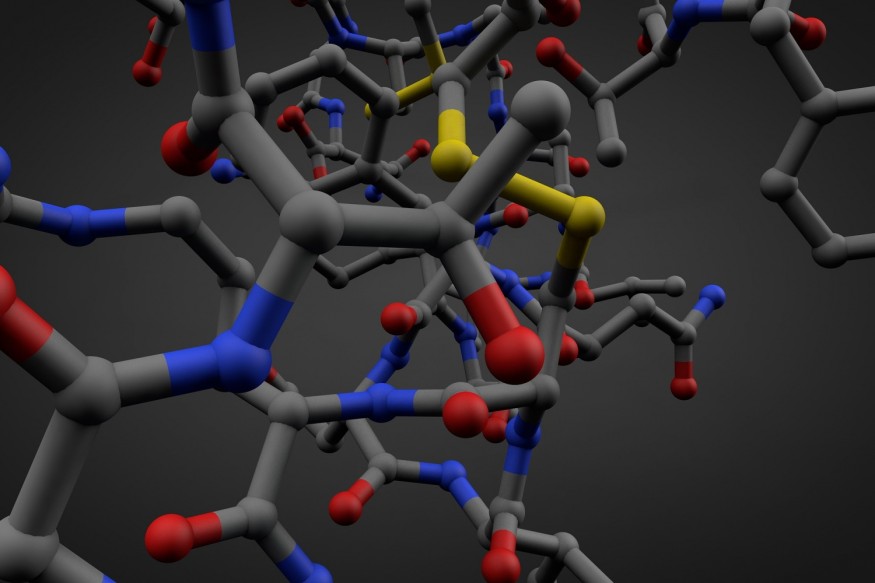A transparent and colorless coating material was developed by researchers at the Korea Research Institute of Chemical Technology with a self-healing ability that only uses sunlight, particularly near-infrared light from sunlight within the range of 1,000 to 1,100 nm.

Self-Healing Material Components
The excellent durability of automobile coatings is the single most important factor in protecting a car's surface. Protective coating materials should also be clear and colorless to preserve the product's natural color. All of these requirements must be met to provide a self-healing capability.
According to ScienceDirect, self-healing materials can repair themselves and regain functionality after deterioration, damage, and failure.
Materials with high toughness and great durability perform poorly when it comes to self-healing, while materials with free molecular movement are more effective at self-healing, but they are less durable.
Surface scratches can be repaired using the developed self-healing protective substance in 30 minutes when exposed to sunlight.
How Does Self-Healing Coating Material Get Created?
The team based the development on the self-healing principle, which is when the surface temperature of the created material increases as sunlight is absorbed. It occurs because the light energy is transformed into thermal energy. The elevated surface temperature then enables the frequent dissociation and recombination of chemical bonds in the polymer structure to self-heal a surface scratch. The research team used a spray-coating machine to coat a laboratory-scale model car to demonstrate the self-healing capabilities of the created coating material. The blemish vanished, and the surface of the coating material was restored after the model automobile spent around 30 minutes in midday sunlight.
A dynamic chemical bond (Hindered urea structure) is added to the currently available commercial coating resin that can repeat the disintegration and recombination of the polymer structure. Then combine it with a transparent photothermal dye and a dynamic chemical that actively arises upon exposure to sunlight.
Inorganic and Organic Photothermal Dyes on Self-healing Substance
Although the self-healing characteristics of photothermal dyes have been studied, most prior research has concentrated on inorganic compounds, which are difficult to utilize in commercial settings since coating materials must be clear. Additionally, a large amount of light energy is needed to produce a photothermal effect in inorganic materials.
Instead, near-infrared light-absorbing transparent organic photothermal dyes were used. As a long-wavelength energy source that makes up less than 10% of midday sunlight, near-infrared light can avoid an excessive rise in the vehicle's surface temperature. Additionally, organic photothermal dyes have a number of benefits for commercialization, including affordability, ease of paint blending, and the fact that their inherent colorless hue does not alter the product's color.
Future Applications of Self-Healing Materials
In 2017, the International Journal of Innovative Science and Research Technology published a study stating the applications already existed in self-healing. One of the examples is the scratch shield paint, which is five times more scratch resistant than a normal clear coat.
The developed self-healing substance will eventually be used for coatings on building materials, electrical devices like computers and cellphones, and transportation-related applications. In addition, they were using less toxic organic solvents produced in significant volumes while repainting vehicles is anticipated to help the world achieve carbon neutrality.
The discovered method is a platform technology that synthesizes self-healing coating materials employing both inexpensive commercial polymer materials and photothermal dyes, according to Dr. Jin Chul Kim, the research director of KRICT. It is anticipated to be widely employed in many applications and automotive clearcoats.
RELATED ARTICLE : Colored, Self-Healing Hydrogel Skin For Robots Created By Researchers
Check out more news and information on Technology in Science Times.
© 2025 ScienceTimes.com All rights reserved. Do not reproduce without permission. The window to the world of Science Times.








